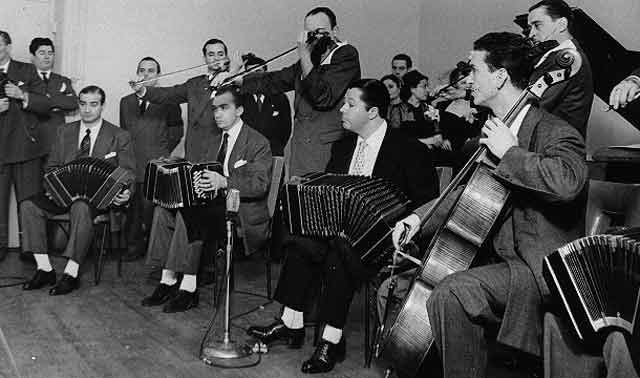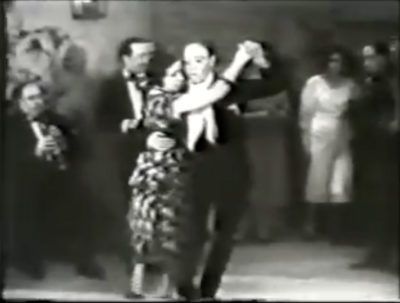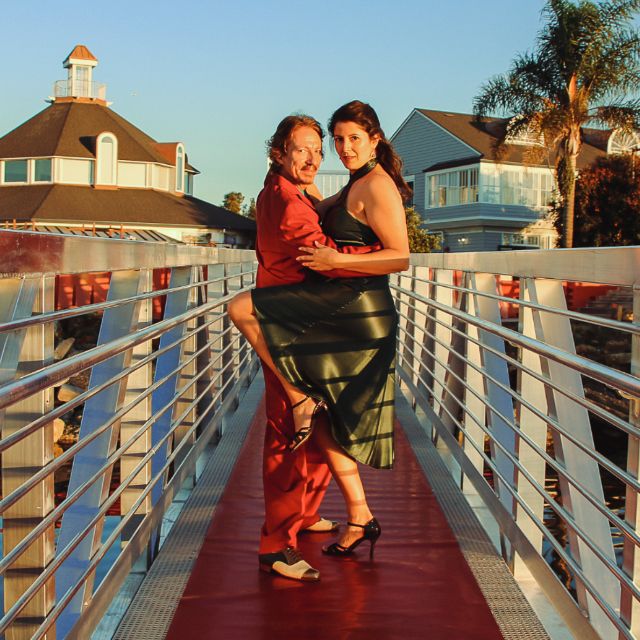What does musicality mean in Argentine Tango?

Music calls you.
When you like a song, it attracts you in a way from which you cannot break easily. One time you are hooked into the music, it affects you. The music awakes emotions in you. If these emotions make you move, then you are dancing.
There is no need to rationalize your responses to the music.
They are spontaneous. The same song does not affect everybody in the same way, and it does not affect you, in the same way, every time it is played.
When you learn to dance Argentine Tango, you need to incorporate fundamental elements of posture, walking, change of weight, embracing, awareness of your body and your partner’s body, lead and follow, basic patterns like the cross, backward and forward ochos, boleos, etc.
Also, you’ll need to learn to understand the music of Argentine Tango, its rhythm, its phrasing and structure, the different orchestras styles.
However, when through discipline and practice you have internalized all this knowledge, you will need to forget it and let yourself respond to the music’s call, not as a thoughtful answer, but rather as a let go in which the music affects you emotionally, but does not determine what you do concerning your movements.
The music is a friend who dialogs with you, not a boss who orders you.
Let’s take a look at Nestor La Vitola’s dance. He is an excellent milonguero from Buenos Aires, a teacher, and friend of mine:
Isn’t he very musical? I love seeing him dancing to Pugliese’s orchestra. If you know a little about Argentine Tango, you already know that dancing to Pugliese’s orchestra is among the most challenging achievements in this dance.
One time, in a conversation about musicality with other dancers, he stunned us with this affirmation: “Yo no le doy ni cinco de pelota a la música.”
“I do not care even a little about following the music.”
Wow!!!
This assertion from him made me laugh because it made me discover the meaning of musicality from an unexpected angle. It is consistent with a general approach to dancing: not using force. This is how I understand his “zen slap” answer: you do not need to make an effort to follow the music. If you are sensitive to the music, if you listen to it, if you –fundamentally– stop judgment, you will allow the music to take over, to awake emotions in you, to move you.
Here is another great milonguero, Blas Catrenau, also a teacher and a friend of mine:
In our lessons, he tells me not to obey the orchestra. Instead, he tells me that I should act like the singer, expressing myself with the orchestra behind me as a backdrop to my performance.
I interpret this as follows: I am like a soloist playing a stellar role in the orchestra. The orchestra is there to be the frame of the work of art, which is my dance.
When I dance, I do not have a precise choreography in mind. What I do have is a structure: first I need to offer and find a connection with my partner; then I have to sense myself in this couple, in this milonga, in this tanda, in this song, at this moment; as I start to move, I need to pay careful attention to my partner and our connection; I will deliver my repertoire of moves gradually, starting with simplicity, breathing, often pausing to access the state of my partner, myself, and our connection as a couple, all in a bodily way, without saying anything; then, when I consider it appropriate, I may take some more risk, to open the game, to make it exciting, alive, playful and joyful; that’s it! I then restrain myself not to get carried away by my emotions. I’ll make a longer pause to prepare for something else, a more complex choreographic idea perhaps. Then, close to the song’s end, I get myself together, providing a relaxing moment for my partner, and “chan-chan!”, the end of the song, sometimes as a grand finale, sometimes as a subtle “tan-go-close” ending.
Continue learning Argentine Tango:
Latest Spotify playlist:







